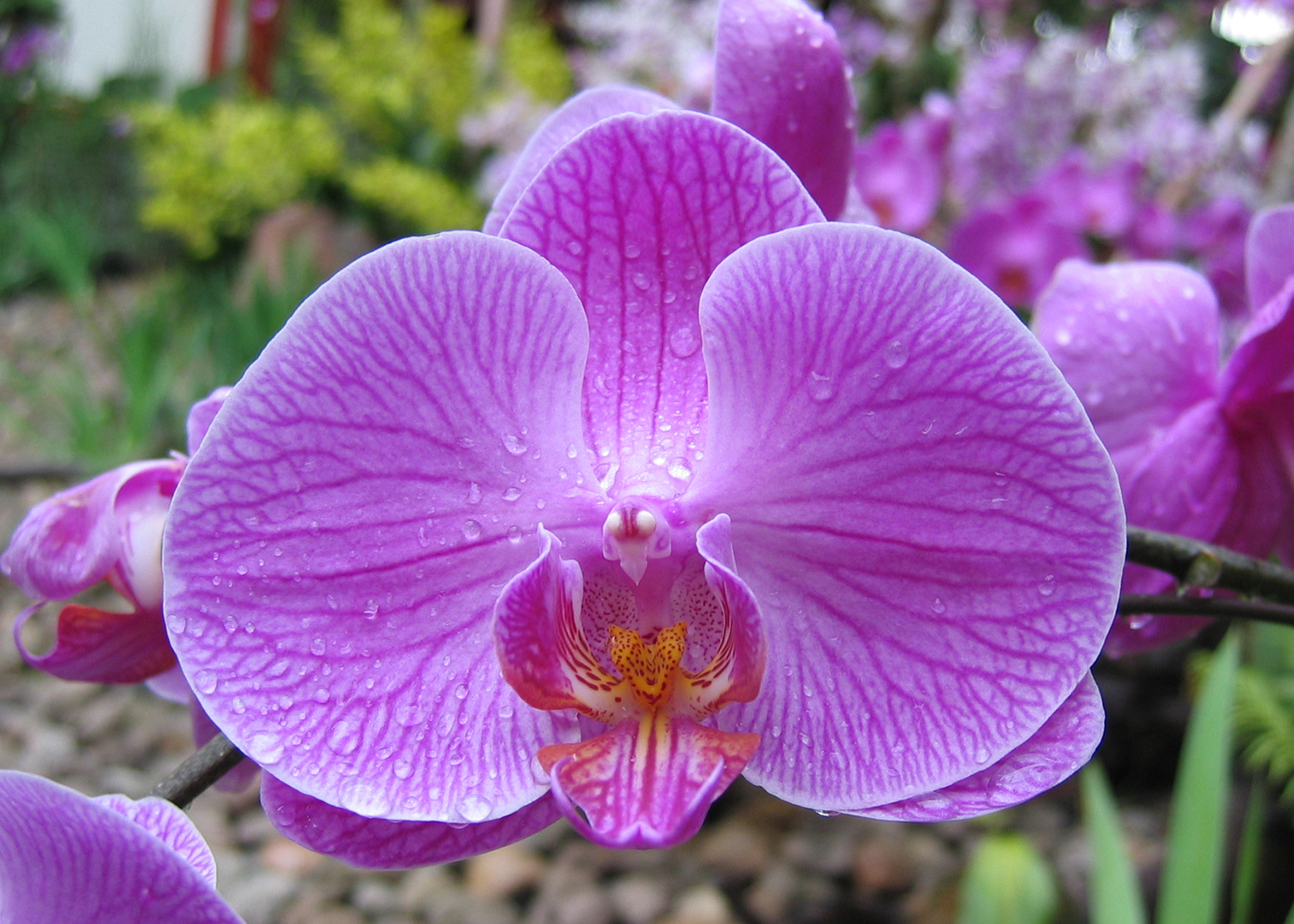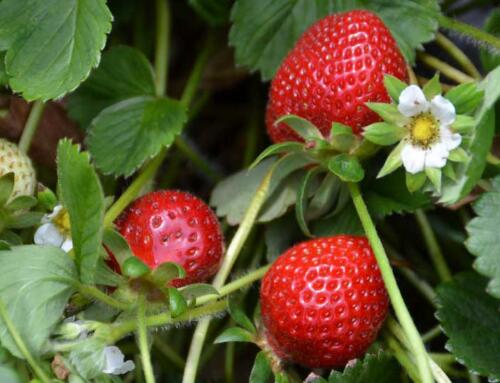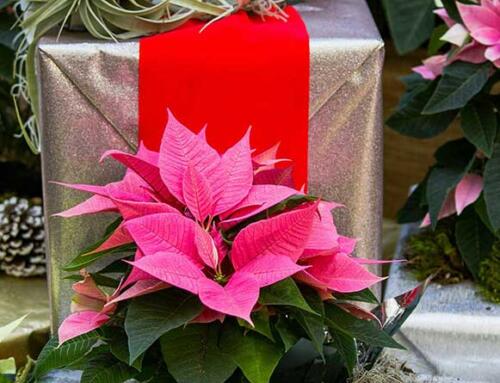Orchid Care
Stereotyped as being difficult plants that require the temperature and humidity extremes of a tropical rainforest. Although some orchids do need these conditions, most can be grown under normal household conditions. We carry Phalaenopsis also known as Moth Orchids.
In general, there are seven basic cultural requirements for growing orchids. They are listed here alphabetically, not in order of importance:
 Air Circulation– In nature, orchids receive fresh air and gentle breezes daily. The hobbyist can reproduce this condition using a slow turning fan and avoiding smoke polluted air.
Air Circulation– In nature, orchids receive fresh air and gentle breezes daily. The hobbyist can reproduce this condition using a slow turning fan and avoiding smoke polluted air.
Fertilization – Most orchids like to be fed with a half-strength solution of fertilizer and should be fed every two weeks. Orchids should even be fed when they are blooming. A balanced formula such as 20-20-20 (N-P-K) is appropriate for year round use. Or, a grow formula such as 30-10-10 is used when the leaves or pseudo bulbs are growing, and a bloom formula such as 10-30-20 is used to promote flowering.
Humidity – Most orchids need humidity of around 50%. This can easily be accomplished by placing the plant on a pebble tray that is partially filled with water. To avoid root rot, the pot must not sit in water.
Light – Most orchids require filtered sunlight year round to grow and bloom well. The color of the leaves is often a good indicator of the amount of light the plant is receiving. Dark green leaves usually mean not enough sunlight, while yellow leaves indicate too much sun. Strive for medium green leaves. The majority of orchids should be put outside for one month during the summer. Be sure they are under a tree or in a shady spot.
Potting Media – Most orchids are epiphytic (grow on trees) and require a course, airy potting mixture. Choices for media, used in combination or alone, include fir bark, redwood bark, charcoal, sphagnum moss, chunk peat moss, lava rock, osmunda fiber, etc. Orchids like to be pot bound and to have their media changed every two years. Pots can be either clay or plastic with plastic being our choice. Also you should never go up more than a size when re-potting.
Temperature – Most orchids require normal daytime household temperatures of 70 to 85 degrees F, and night temperatures of 60 to 65 degrees F.
Watering – Most orchids like to receive a thorough watering once a week. Pour water on top of the media long enough to allow water to run out the bottom of the pot. Never let orchids sit in water, or the roots will rot. Also avoid getting water on the leaves as this often causes leaf rot or bacterial diseases.
Like other plants, orchids occasionally attract unwanted pests such as Mealybug, Scale insects, Aphids, Slugs, and Mites. To remove insects, wipe off with a Q-Tip dipped in alcohol. For more severe infestations there are effective organic sprays available.





